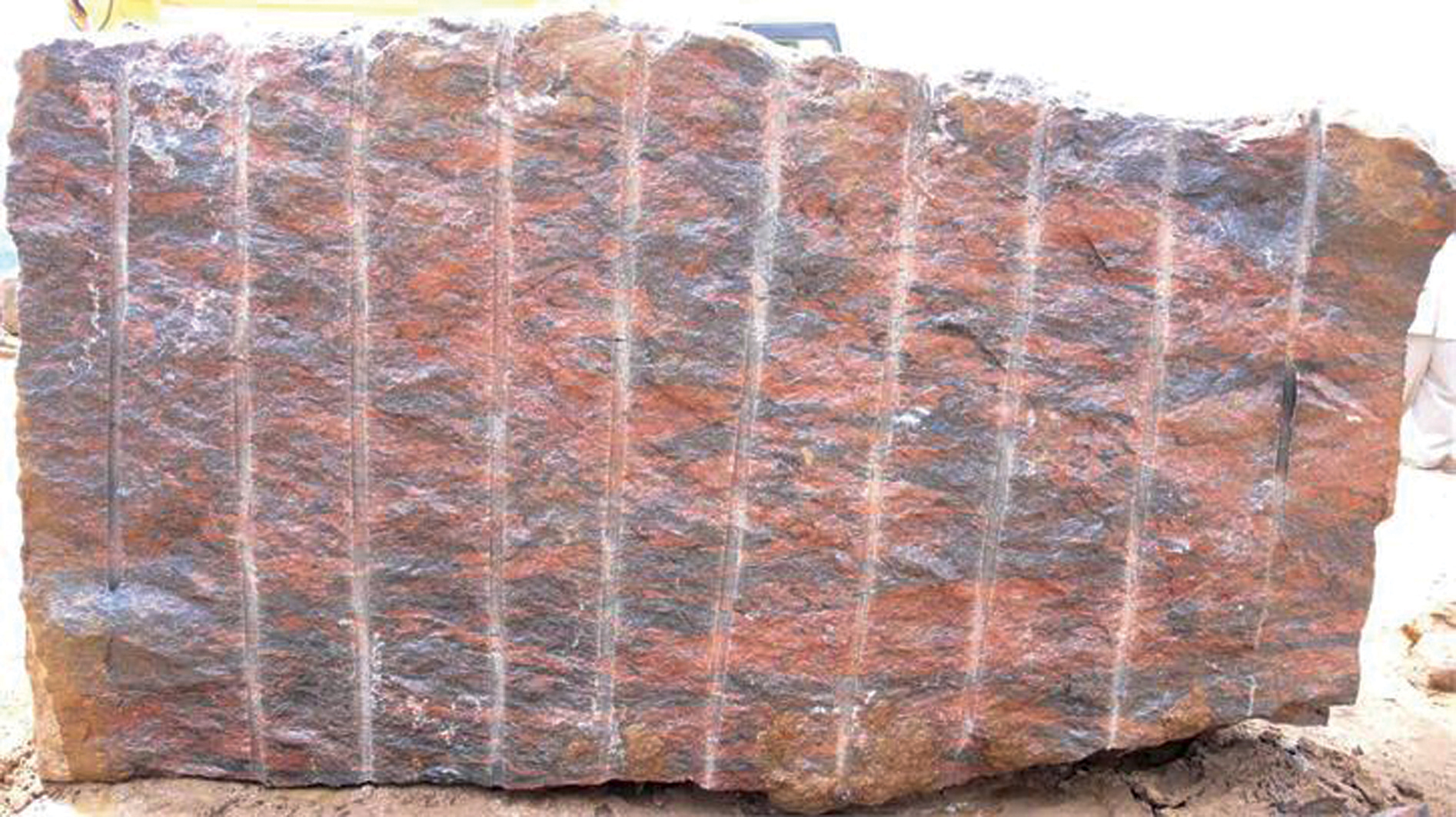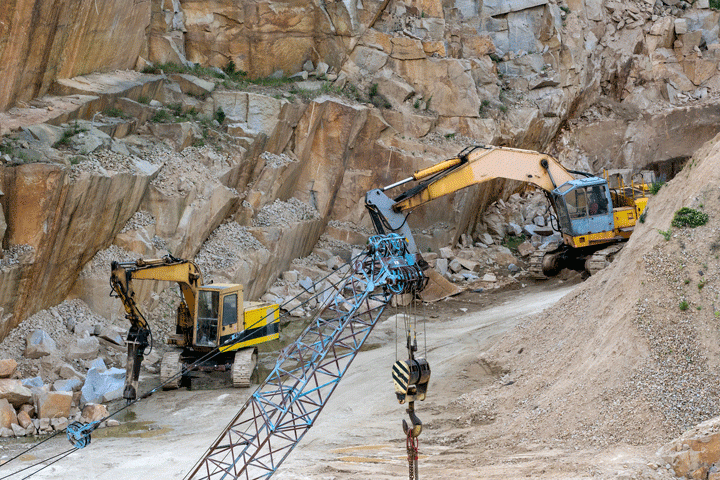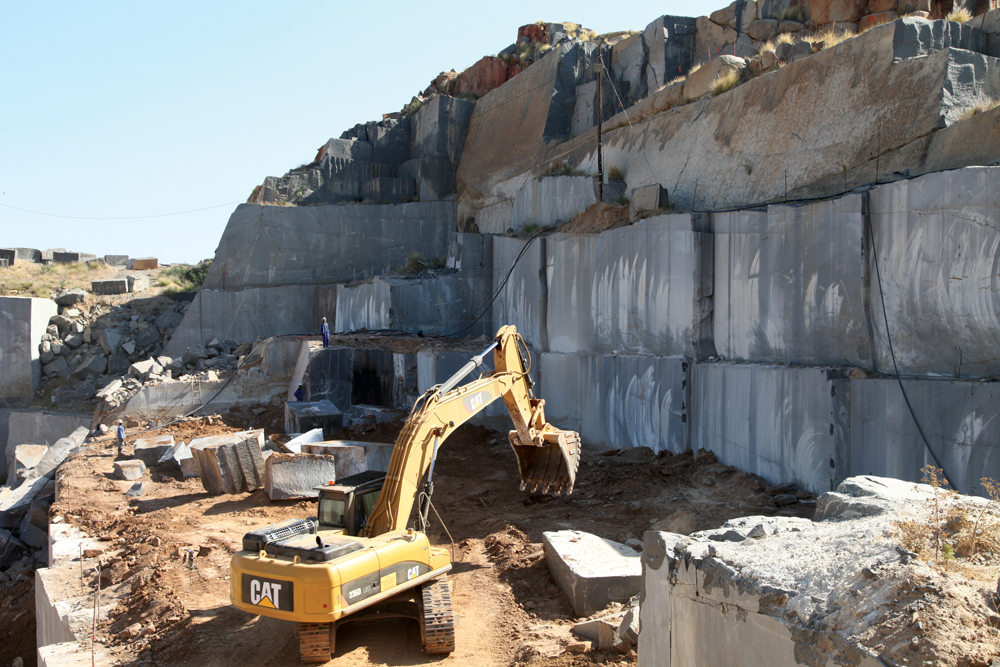Unveiling Granite Quarries in South Africa Heritage: A Journey Via Quarries
Unveiling Granite Quarries in South Africa Heritage: A Journey Via Quarries
Blog Article
Uncovering the Rich Background and Sustainable Practices of Granite Quarrying
As we stand on the precipice of uncovering the intricate tapestry of granite quarrying, a journey with time discloses not just the physical act of removing rock but additionally the cultural and historic importance woven into the extremely material of this technique. From the ancient origins that laid the foundation for contemporary quarrying methods to the lasting practices that are forming the future of this market, each chisel mark on granite surface areas narrates waiting to be unearthed (granite quarries in south africa). The heritage of granite quarrying extends much past mere removal; it is a testament to human ingenuity, strength, and the enduring attraction of this marvelous stone
Old Beginnings of Granite Quarrying
Dating back to old civilizations, the method of quarrying granite has been an integral part of human history and building improvement. The earliest evidence of granite quarrying days back to ancient Egypt, where huge pyramids and elaborate sculptures were crafted from this long lasting rock. The Egyptians made use of primitive tools to draw out granite blocks from quarries, showcasing the significance of this material in their huge constructions.
Progressing in history, the Greeks likewise made substantial payments to the quarrying of granite. The Greeks utilized granite in various architectural marvels, such as holy places and statues, showing their skill in shaping and sculpting this sturdy rock. The Romans further fine-tuned the techniques of quarrying granite, employing innovative devices like chisels and hammers to extract and shape granite for their iconic structures.
Through the centuries, the practice of quarrying granite has actually developed, with modern-day technologies enhancing performance while keeping the classic charm of this natural stone - granite quarries in south africa. From ancient people to contemporary home builders, the tradition of granite quarrying remains to shape our globe
Evolution of Quarrying Techniques
The development of quarrying strategies has been marked by a continual progression in the direction of better efficiency and accuracy in removing granite. From the primary approaches utilized by our ancestors to the sophisticated modern technologies used in modern quarrying operations, the sector has actually gone through considerable advancements. Early quarrying strategies entailed manual work with basic tools such as knives, hammers, and wedges to remove granite blocks from the planet. As worlds progressed, strategies like fire-setting and primitive nitroglycerins were introduced to facilitate the extraction process.
In even more current times, the introduction of machinery changed the quarrying industry, enabling faster removal prices and increased efficiency. Technologies such as diamond cord saws, high-pressure water jets, and pneumatic drills have become typical in contemporary quarries, enabling accurate cutting and lowered waste. Innovations in computer-controlled devices and 3D modeling have maximized quarrying procedures, leading to minimal environmental influence and improved sustainability practices. As why not try here the need for granite remains to climb, the advancement of quarrying techniques continues to be indispensable to meeting market needs successfully and sustainably.
Cultural Relevance of Granite
Granite holds an extensive cultural significance across various human beings because of its enduring presence in building masterpieces and prized monoliths. From the magnificent pyramids of Egypt to the intricate carvings of the Angkor Wat temple in Cambodia, granite has actually been a product of option for sharing grandeur and longevity in cultural heritage. In ancient Rome, granite columns adorned temples and public buildings, signifying stamina and durability. The social value of granite expands past its physical qualities; it symbolizes strength, stability, and eternity, making it a symbol of sustaining heritages and customs.

Lasting Practices in Quarrying
In the middle of the rich history of granite quarrying and its cultural value exists an explanation expanding focus on sustainable techniques within the market. As environmental awareness and issues about source depletion have increased internationally, the quarrying field has actually increasingly welcomed sustainable techniques to lessen its effect on the setting and bordering areas.

Furthermore, recovery and recovery of quarry sites post-extraction are integral to lasting techniques. By bring back quarried areas to an all-natural or advantageous state, such as developing wildlife environments or leisure rooms, quarriers can balance out the environmental impact of their operations and contribute positively to the neighborhood community.
Legacy of Granite Quarrying
With a historic backdrop steeped in workmanship and industrial progress, what sustaining impact has granite quarrying left on the landscape find more information of contemporary culture? The legacy of granite quarrying transcends simple extraction practices; it has actually formed architectural wonders, city landscapes, and cultural heritage worldwide. The resilient nature of granite has made it a preferred choice for monoliths, structures, and facilities, standing as a testament to the skill and creativity of quarry employees throughout generations.
Furthermore, the economic footprint of granite quarrying can not be overlooked. The sector remains to supply work possibilities and drive regional economic climates in areas where granite extraction is prevalent. It has actually likewise spurred technical innovations in quarrying techniques and devices, resulting in more efficient and lasting practices.
In terms of sustainability, the tradition of granite quarrying consists of initiatives to reduce environmental effects with improvement jobs and liable resource administration. By balancing economic passions with ecological stewardship, the industry makes every effort to make sure that future generations can remain to take advantage of this enduring natural deposit.
Verdict

Report this page